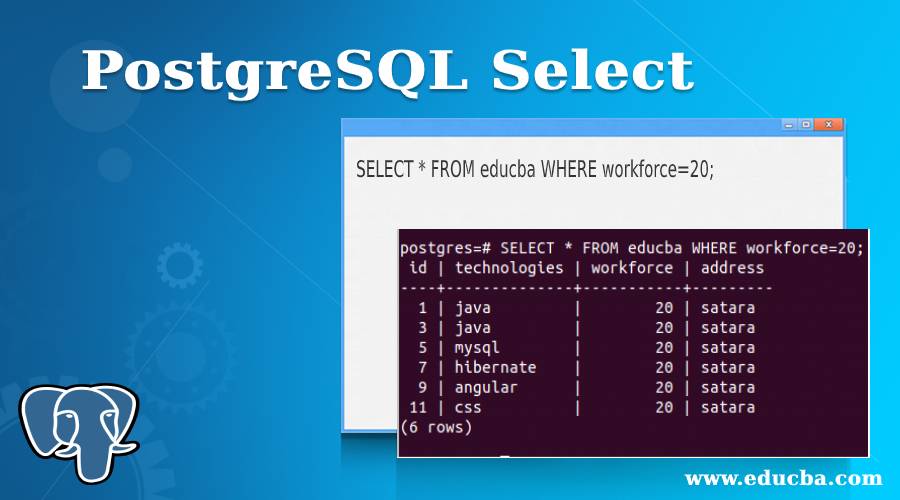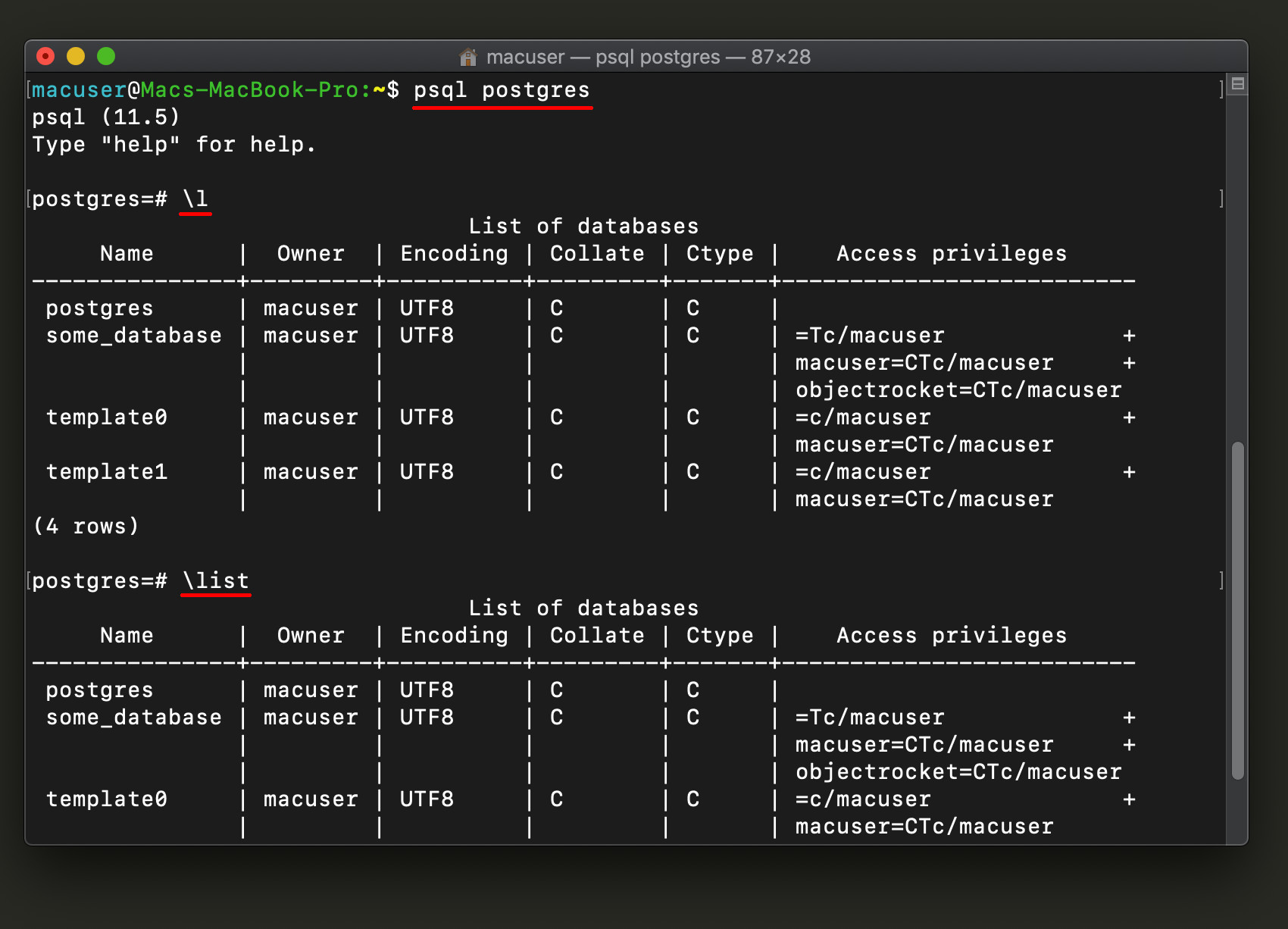

The maximum number of open connections to the database, default unlimited (Grafana v5.4+). Grafana v7.5+įile path or file content of SSL root certificate, client certificate and client key When SSL Mode is disabled, SSL Method and Auth Details would not be visible.ĭetermines whether the SSL Auth details will be configured as a file path or file content. The connection string for connecting to Postgres will not be correct and it may cause errors.ĭetermines whether or with what priority a secure SSL TCP/IP connection will be negotiated with the server. The IP address/hostname and optional port of your PostgreSQL instance. This is how you refer to the data source in panels and queries.ĭefault data source means that it will be pre-selected for new panels.

To access PostgreSQL settings, hover your mouse over the Configuration (gear) icon, then click Data Sources, and then click the PostgreSQL data source. Only users with the organization admin role can add data sources.
Postgresql select database how to#
For instructions about how to add a data source to Grafana, refer to Add a data source. This topic explains options, variables, querying, and other options specific to this data source. Reset search_path to the global, cluster default which covers this topic in detail.Grafana ships with a built-in PostgreSQL data source plugin that allows you to query and visualize data from a PostgreSQL compatible database. The simplest way for a DBA to get the value is to just look it up in nf. pg_settings.boot_val won't do because it ignores changes in the configuration file, and pg_settings.reset_val won't either, because it's influenced by the database/user settings potentially set through ALTER USER/ALTER DATABASE. When it's set a non-default value in nf, it's not straightforward to obtain that value in SQL independently of the current session. The value of the setting prior to any change within the session (through the SET command) can be queried from the database with: SELECT reset_val FROM pg_settings WHERE name='search_path' The value of the setting prior to any change, including at the cluster level (through the global configuration nf) can be queried from the database with: SELECT boot_val FROM pg_settings WHERE name='search_path' To get at the values that are configured aside from these commands: Only settings passed to ALTER USER and ALTER DATABASE are present in this table.

The permanent settings for both databases and roles are stored in the pg_db_role_settings system cluster-wide table.
Postgresql select database manual#
Use DDL commands as instructed in the manual for ALTER ROLE and ALTER DATABASE.Įssentially, the RESET command deletes a row from pg_db_role_setting allowing the base setting to take effect again. Never manipulate data in the system catalog ( pg_catalog.*) manually. Or: ALTER ROLE myrole in DATABASE mydb RESET search_path Or: ALTER DATABASE mydb RESET search_path To unset any settings of a role or database - the search_path in this particular example: ALTER ROLE myrole RESET search_path


 0 kommentar(er)
0 kommentar(er)
